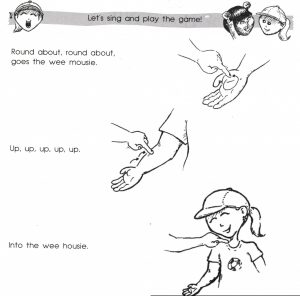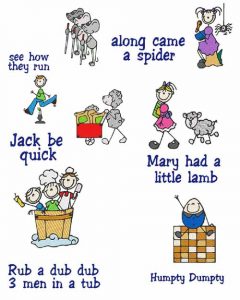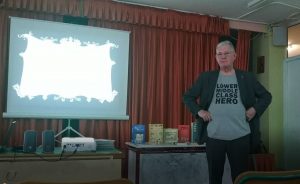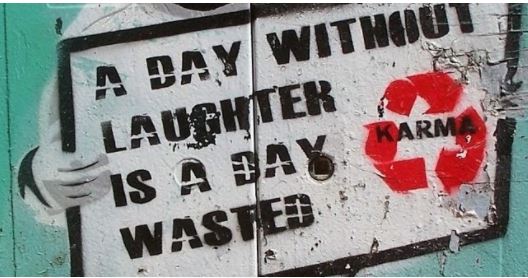Reading & Recitation
Nursery rhymes are a great way to build some individual or group reading: they can be used as a warm-up at the beginning of a lesson, as a closer at the end of a lesson or just something to break up the monotony of the traditional lesson. The teacher can work with the students to memorize the rhyme or assign it as homework to memorize at home, either individually or in small groups. S/he can also divide the poem line-by-line and assign each student one line of the poem to memorize. Then they can perform the rhyme in small groups with each student responsible for one line.
Illustration & Crafting
Once you read the nursery rhyme as a class and go over new words, ask the students to illustrate the nursery rhyme, letting your creative students express themselves! Then, display the illustrations on the walls to bring a sense of pride and personality to your classroom!
Here’s an incredible resource on the State Library of Louisiana which provides a whole list of free mini books to download of the nursery rhymes I found!
Acting It Out & Tickling
Acting out a nursery rhyme is best used in addition to reciting it. The TPR (Total Physical Response) method not only gets students up and out of their desks, but it also helps with memorization and encourages a better understanding of the words. Some nursery rhymes have well-known movements attached to their lyrics (‘Incy-wincy Spider’) : you can use the established gestures or create your own for just about any nursery rhyme.
Here’s an example of the Nursery Rhyme with actions: ‘The Grand Old Duke of York’
Children love to anticipate the tickling and that’s what these rhymes are all about (children just love ‘This Little Piggy Went to Market’ and such).
Have a look at Round and round the garden – three tickle rhymes!
And do you remember the game in Magic Book 1 (Unit 2The Story of Bella the Cat, Lesson 1)
‘Round about, round about,
Goes the wee mousie.
Up, up, up, up,
Into the wee housie!’
It was a tickling rhyme!
Counting
Some Nursery Rhymes help to teach numbers and counting, either normal upwards counting or downwards counting (‘One Two Three Four Five, once I caught a fish alive…’). Some songs are not about counting but they do have a progressive nature, following some kind of sequence or pattern (‘ Old McDonald Had a Farm’, ‘Hokey Cokey’).
Here’s a clip (the first in the video) of the counting rhyme ‘Ten green bottles’.
Games & Dancing
Some Nursery Rhymes can be regarded as playground songs (including skipping, hopscotch, ball-games) and selection or counting-out rhymes such as ‘One Potato, two potatoes’), or can be danced in a ring (‘Here We Go Round the Mulberry Bush’) or as a folk dance.
‘One Potato, two potato’ is especially loved in Ireland (given the importance of potatoes in Irish cuisine!) Here are the game instructions!






